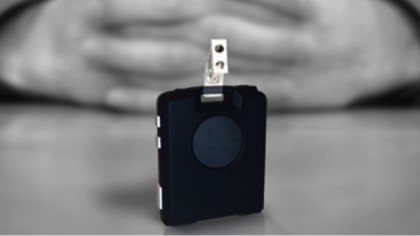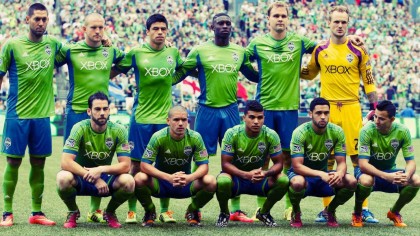Customer service
We all know how stressful and tedious the check-in process at the airport can be. To help ameliorate this process, Virgin Atlantic passengers became the first air travellers to experience the benefits of Google Glass in their travels during a six-week trial starting in February. During the trial, a Virgin rep wearing Google Glass greeted VIP customers, confirmed travel itinerary, provided information about local weather at the destination-point, and provided other small luxuries to improve the pre-boarding experience.
In the future, Virgin is hoping to incorporate information about their passengers' dietary and refreshment preferences. The goal here is to provide the most efficient and personalized service for their clients.
Increased sales
Not only can wearables be used to help encourage employees to be more cognizant of their physical well-being and for enhanced customer service, they can also be used to track employee performance. The Container Store is using Theatro's 1.5 oz. voice-driven enterprise wearable to effect positive change among its sales associates by tapping in-store WiFi to track sales staff. Think of it as the latest evolution of headsets or walkie talkies, but much smaller and less obtrusive and voice-controlled.

Theatro's matchbox-sized device provides access to performance data to headquarters, as well as regional and individual store management teams, showing how employees communicate with each other and with shoppers, as well as where they spend the most time (e.g.: on smoke breaks or assisting customers).
Employee orientation
Large business behemoths aren't the only ones experimenting with incorporating technology into their operations. In the tastiest implementation of Google Glass yet, employees at Capriotti's sandwich shops in Las Vegas have begun using Google Glass to watch training videos and to film the "lunch rush" in order to learn how to improve service and meet customer needs. Sandwich-making videos were created, as well as tutorials on how to use various technology in the restaurant and protocol for dealing with customers, then they were loaded onto Glass.
The videos are filmed from a first-person perspective to provide employees with in-the-moment training. Despite this, there were a few unique challenges with incorporating the Glass, including some detailed training in order to not break the relatively fragile devices. Another issue has to do with privacy if, for example, employees film customer interactions in order to gauge some best practices for future training. In this case, the customers being filmed would need to sign a release form.
Athletics
As TechRadar Pro reported earlier this month, the Seattle Sounders are capitalizing on wearable tech to evaluate player performance, conditioning and signability. The team works with business intelligence and analytics company, Tableau, to visualize data generated from wearable devices to track player effectiveness. During each practice, players wear a heart-rate monitor and a GPS unit that sits in a training vest between the players' shoulder blades.
Are you a pro? Subscribe to our newsletter
Sign up to the TechRadar Pro newsletter to get all the top news, opinion, features and guidance your business needs to succeed!

By leveraging GPS positioning on the field, speed and distance traveled, as well as off-field data like player sleep patterns, the Sounders are able to make more informed roster and training decisions.
Clearly many leading companies, large and small, are already testing a wide range of ideas in order to introduce technology into uncharted terrain for users and business processes. Wearable technology has inspired real, meaningful innovation to improve the way businesses function and the way customers interact with them.
- 1
- 2
Current page: Wearables improve service, sales and goal scoring
Prev Page Wearables are perfect for the enterprise